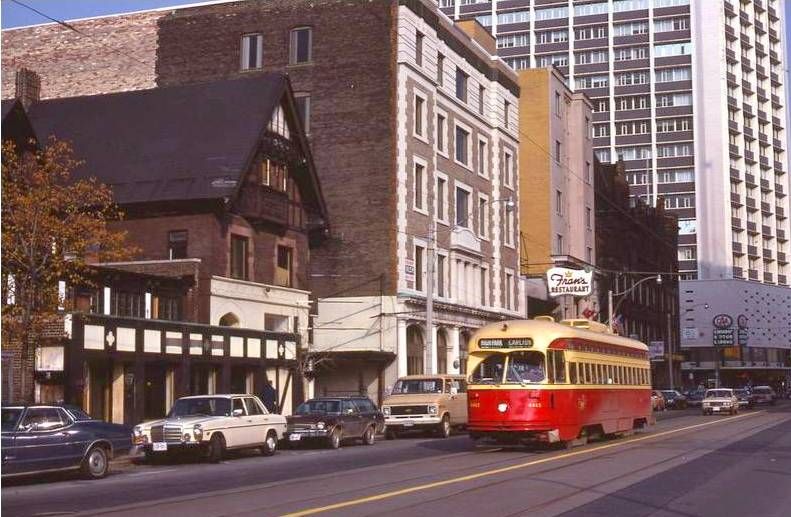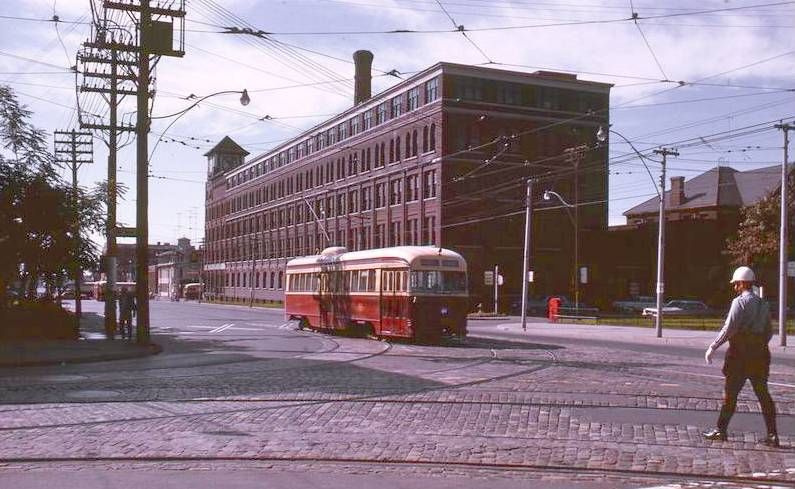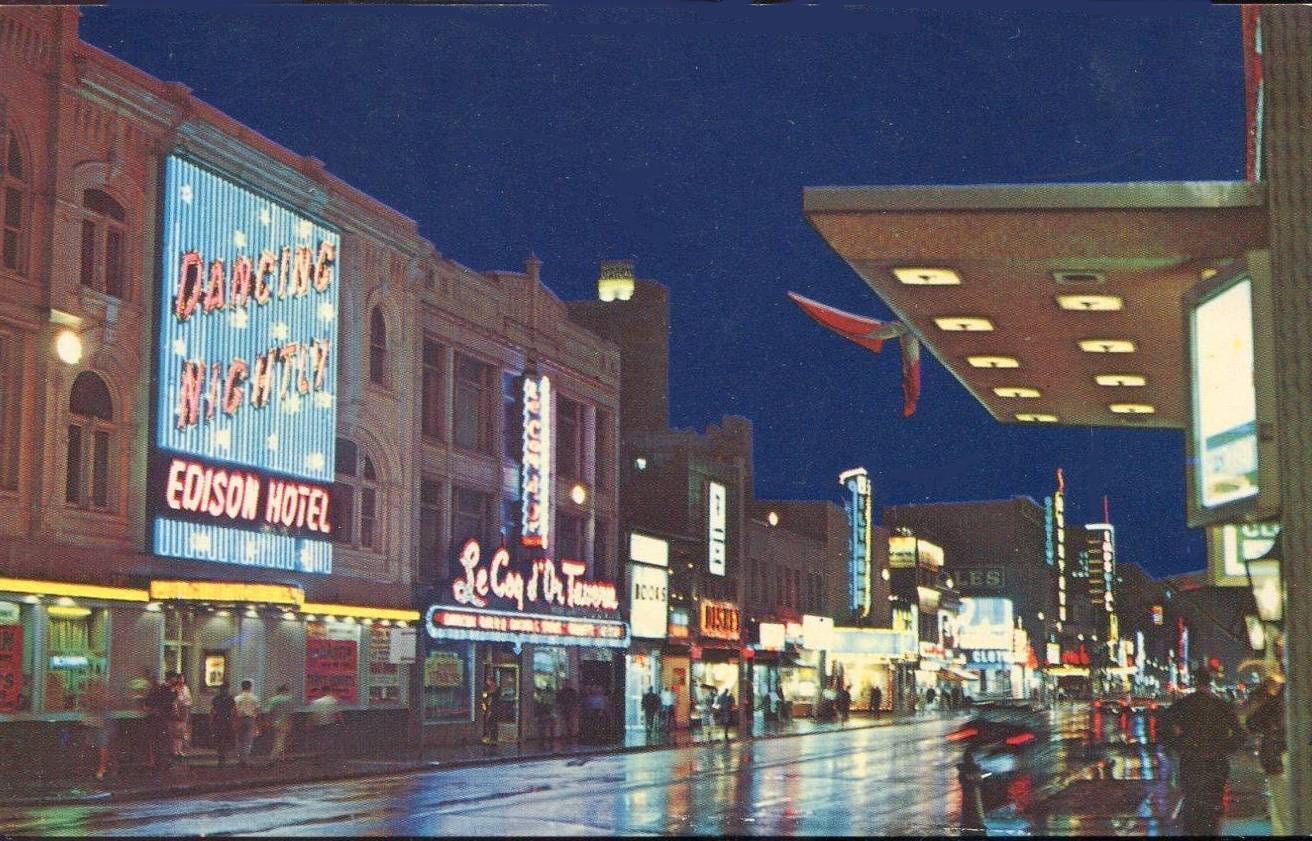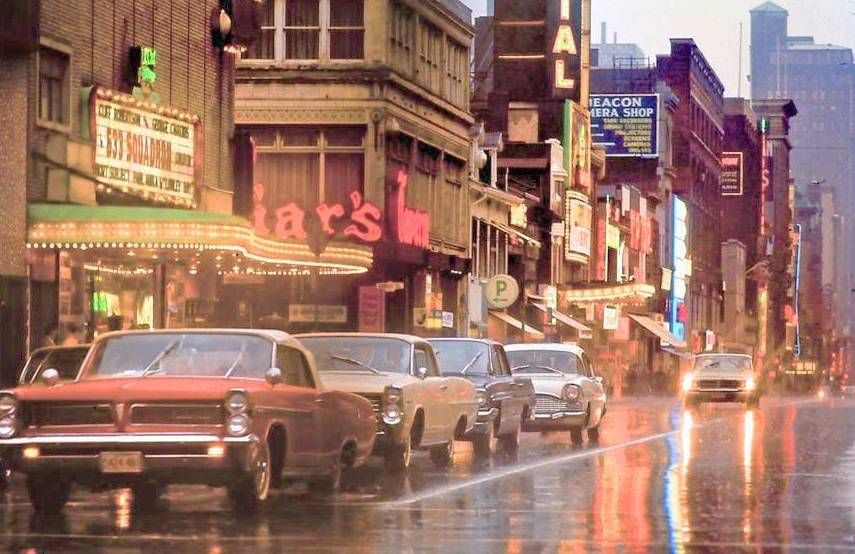Edward
Senior Member
What a shame about some of the building lost for the Eaton Centre. They could have saved them and done something really creative with the block.
Who is the only one not holding a carrot!i like the guy with the pipe





Bathurst looking SW from Adelaide:

That one's just about enough to make me cry. (The building, not the jodhpurs.)
View attachment 11514
Patrick Cummins photographed the demolition:
http://www.flickr.com/photos/32175940@N06/sets/72157618862118492/?page=2
the old Otto Higel piano factory was a fantastic building, in amazing condition. one of the most beautiful old warehouses downtown. torn down to put up a stinking pile of hideous design build BS in 1981. it would have been a spectacular destination point for the King West nabe that was to come, could have been used as studios, restaurants, retail, galleries, condos, etc. but it was not to be...incredibly short-sighted....
Patrick Cummins photographed the demolition:
http://www.flickr.com/photos/32175940@N06/sets/72157618862118492/?page=2
and it was the subject of a 'Then and Now' in December 2008
http://urbantoronto.ca/forum/showthread.php/6947-Miscellany-Toronto-Photographs-Then-and-Now/page6
And there was a lot of pressure insisting that the fashion industry needed new, modern industrial space in order to survive. The combination of this, plus the opportunity to do some social housing on the north end of the site doomed the building in the eyes of the extremely left-wing planners at City Hall who dominated planning in the King/Spadina and King/Niagara neighbourhoods in those days (these are the same planners who supported the Holiday Inn-on-King because it provided new industiral loft space on the lower levels.)
interesting info Charioteer! i didn't know the backstory to that demolition. i think the building was only light industrial for about 10 years or so, before it was converted to lofts.
it's interesting that the (doomed) fashion industry thought that new space was the way to go, when there was so much under-utilized space already available at that time all over the old schmatta district. anyway, cheap asian imports would do them all in by the latter part of the 80's....
At that time there were still lots of people employed by the rag trade, I guess you never know what you've lost till it's gone.




